World Rhino Day in Kenya: new hope for one of the planet’s most endangered species
At Ol Pejeta, researchers are desperately trying to save the northern white rhino. Sue Watt joins the conservation effort
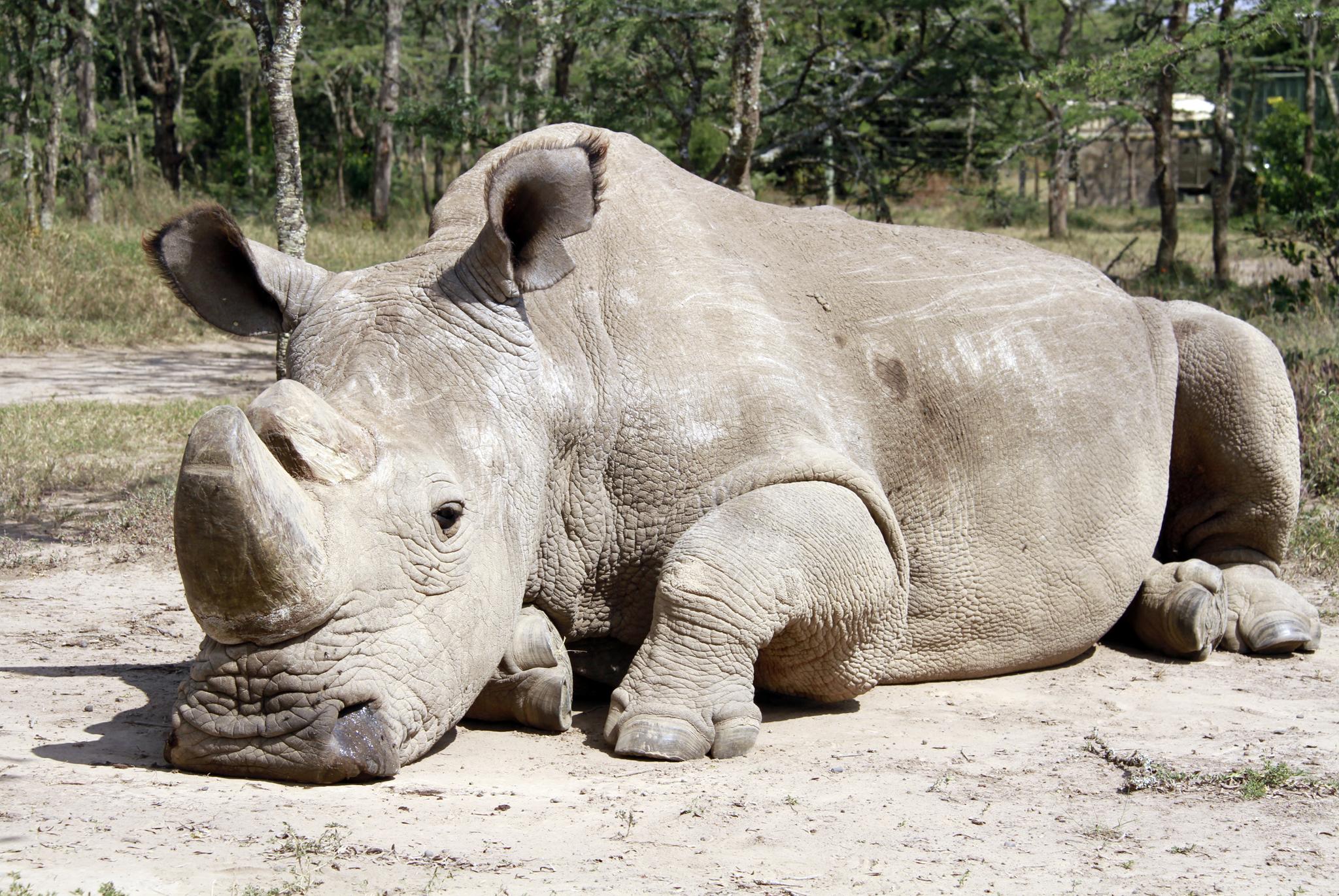
Your support helps us to tell the story
From reproductive rights to climate change to Big Tech, The Independent is on the ground when the story is developing. Whether it's investigating the financials of Elon Musk's pro-Trump PAC or producing our latest documentary, 'The A Word', which shines a light on the American women fighting for reproductive rights, we know how important it is to parse out the facts from the messaging.
At such a critical moment in US history, we need reporters on the ground. Your donation allows us to keep sending journalists to speak to both sides of the story.
The Independent is trusted by Americans across the entire political spectrum. And unlike many other quality news outlets, we choose not to lock Americans out of our reporting and analysis with paywalls. We believe quality journalism should be available to everyone, paid for by those who can afford it.
Your support makes all the difference.There was something peculiarly appealing about Sudan. Big and burly, with craggy features and strangely hairy ears, he barely acknowledged me when I first met him, but within 10 minutes I found myself gently stroking his face, his skin all dusty and as tough as a tyre. Closing his eyes contentedly, he slowly rolled over.
“He wants you to stroke his other side now,” Jacob whispered. Stunned by Sudan’s responsiveness, I felt shivers down my spine – it’s not every day you get to touch a rhino, and certainly not one as special as this.
Sudan is the last male northern white rhino in the world, being cared for by Jacob and a team of rangers at Ol Pejeta Conservancy in central Kenya’s Laikipia County. Aged 42, he’s approaching the end of his days and the reality that we might never see his like again is incredibly sad.
Northern whites have been decimated not by natural evolutionary causes but by human greed, through poaching and devastating conflicts in their war-torn homelands including Sudan and the Democratic Republic of Congo. Today, World Rhino Day raises awareness about the plight of all species of rhino.
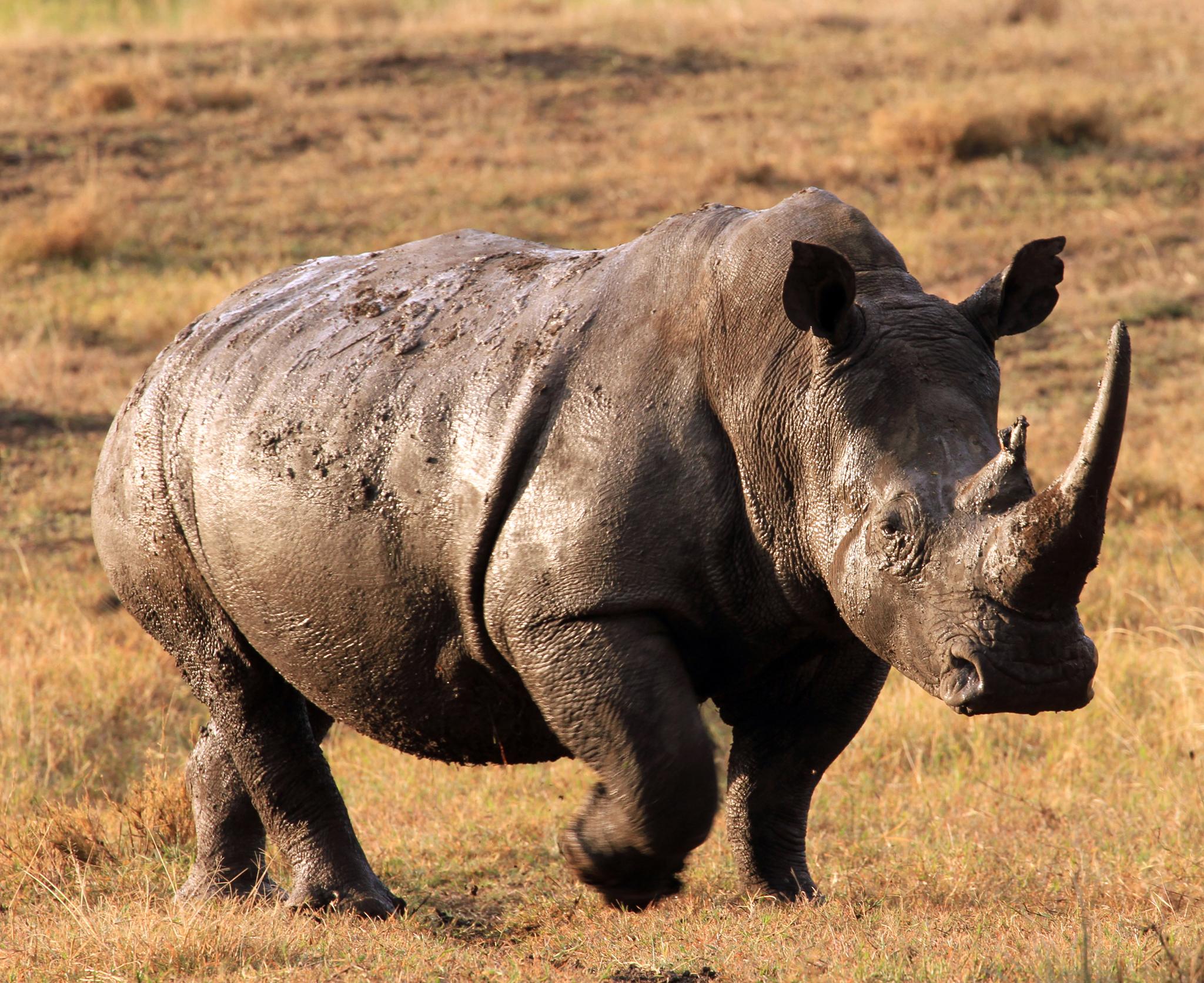
The only two remaining northern white females, Sudan’s daughter Najin and grand-daughter Fatu, also live in Ol Pejeta along with 29 southern white rhinos and 107 black rhinos. A winner of awards for its conservation work, the 400sq km conservancy is the largest black rhino sanctuary in East Africa.
But Ol Pejeta is more than that. In a region fast rivalling the Maasai Mara as a wildlife destination, the conservancy’s rolling plains and acacia forests in the shadows of Mount Kenya are home to the other Big Five beasts too – elephant, leopard, lion and buffalo. Around 200 species of birds, myriad antelopes, rare Grévy’s zebras and Jackson’s hartebeest also live here, along with 37 rescued chimps in the Sweetwaters Chimpanzee Sanctuary.
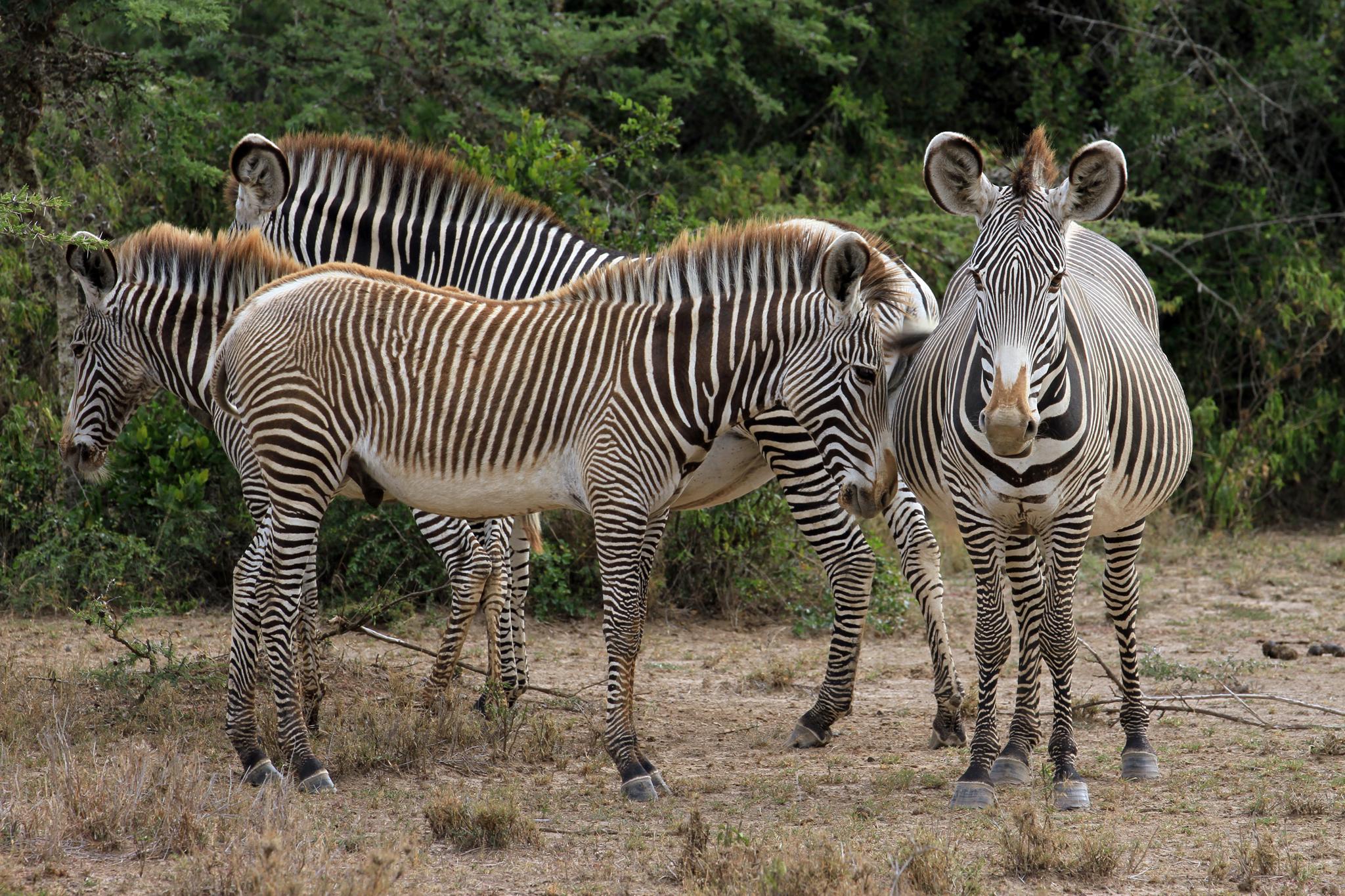
On game drives that crossed the equator, we saw elephants frolicking in marshy green waters and elegant elands relaxing on the plains. We were mesmerised by over 20 giraffes looking like giants as they dwarfed the acacias at sunset. And we watched lions dozing in the shade, tracking them with researchers using telemetry devices.
Unsurprisingly, though, Ol Pejeta’s flagship species is the rhino. In 16 years of travelling in Africa, I’d never seen so many as I did on my first day here. Black and white, mums and babies, lone bulls, all grazing on the plains, browsing in thickets or wallowing in mud.
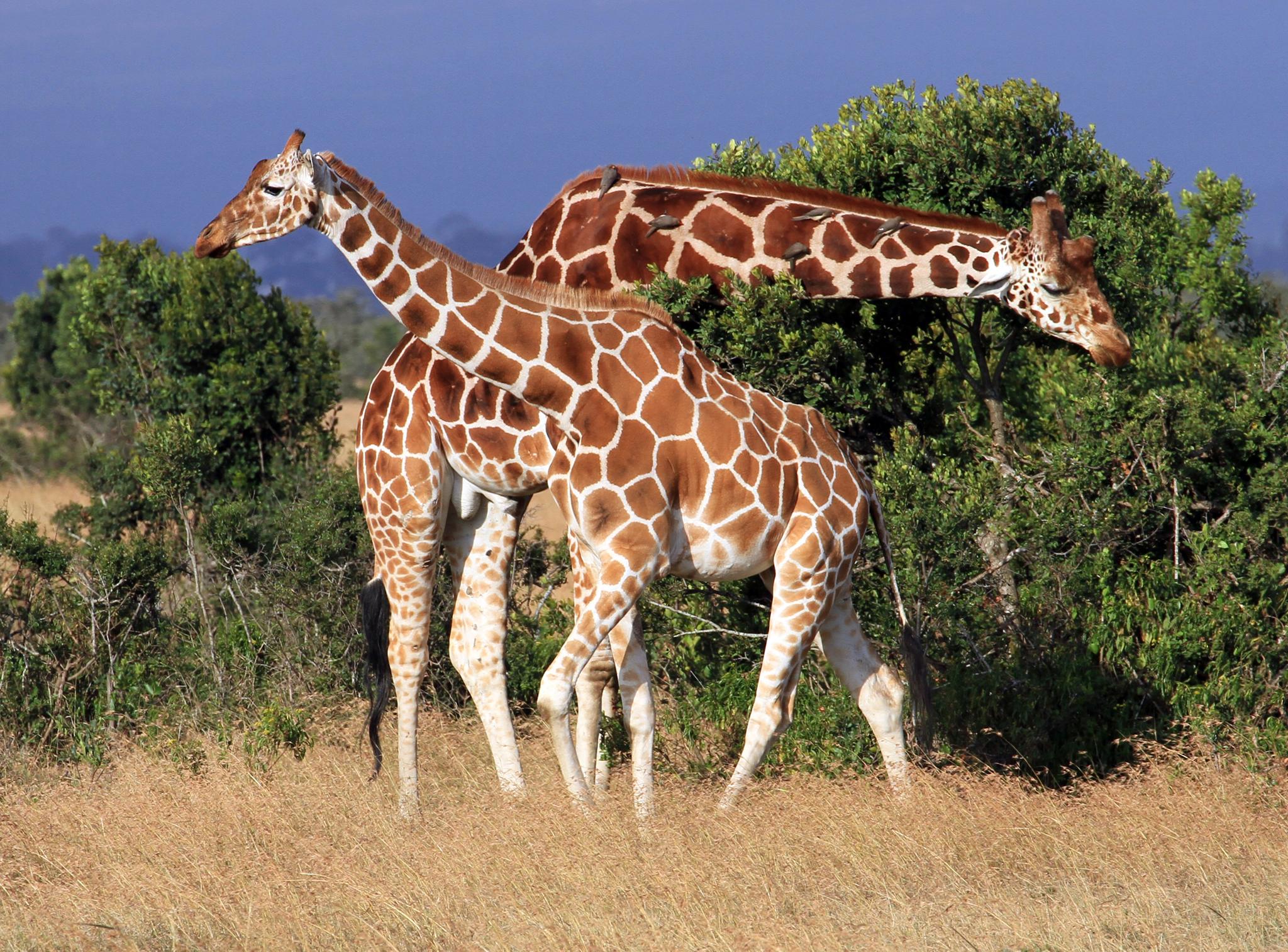
But OPC’s rhino cemetery was a poignant reminder of their plight. Fourteen black tombstones stand prominently on the golden plain, their epitaphs describing painful deaths from poaching. Sudan, Najin and Fatu live within the Endangered Species Enclosure, where I also met a blind black rhino called Baraka. All rhinos are in fact grey: the moniker “white” derives from the Afrikaans word “weit”, meaning “wide”, distinguishing their broad square mouths needed for grazing. Black rhinos, labelled “hot-tempered and grumpy” by Jacob, are smaller, with hooked lips for nibbling shrubs and thickets. Even the northern and southern whites are different, the former being smaller with shorter legs and those weird hairy ears.
A cattle ranch dating back to the 1930s, Ol Pejeta became a rhino sanctuary in the mid-1990s, pioneering an “integrated conservation” system that embraces wildlife and tourism alongside its cattle. At that time, there were just 250 black rhinos in Kenya, but after the Kenya Wildlife Service decided to protect them in secure areas such as this one, the country is now home to 680 of them.
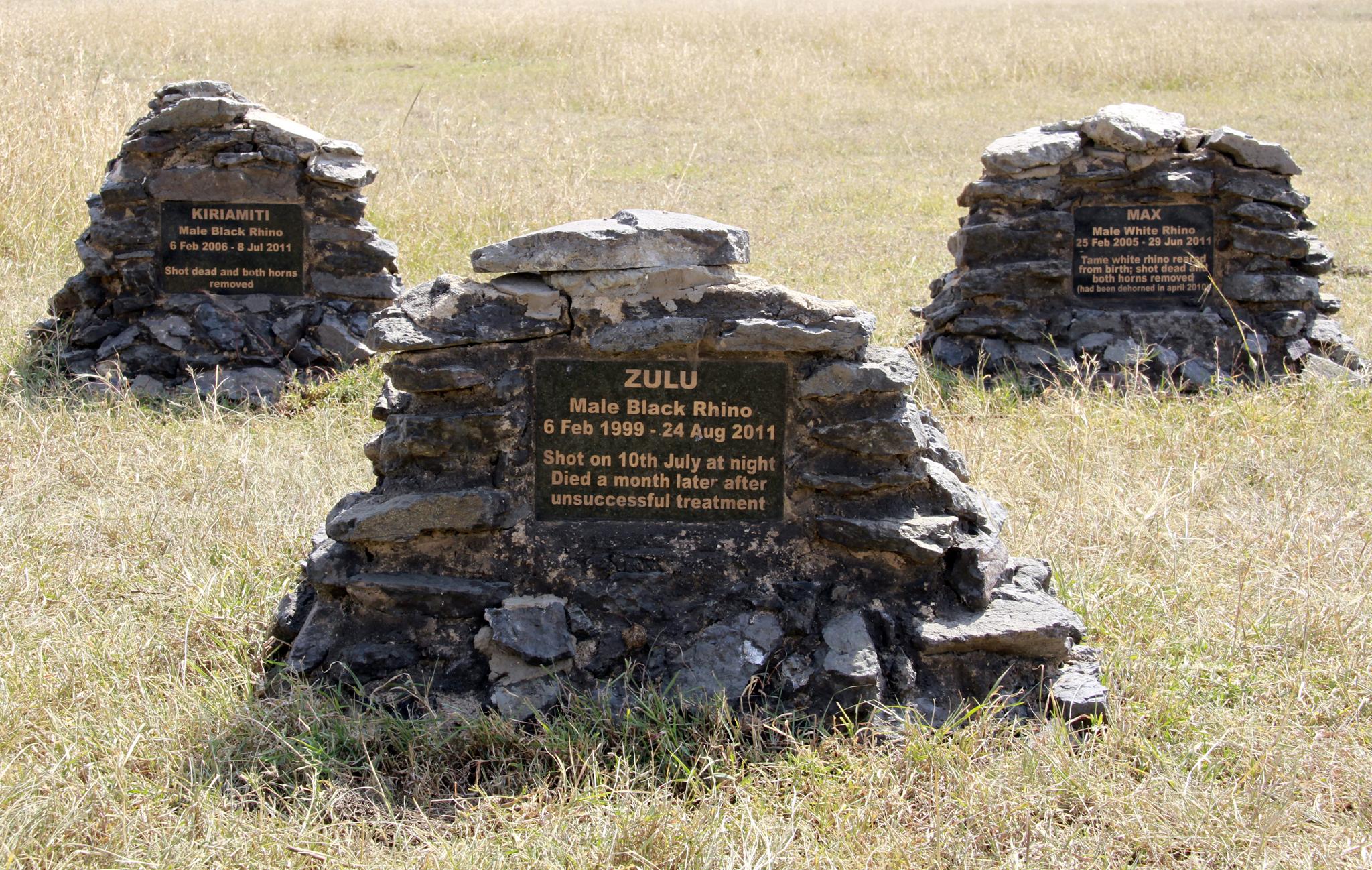
OPC ploughs its profits into conservation and community development benefiting the 55,000 people living around the conservancy. Those profits, however, are being swallowed by the spiralling costs of keeping and protecting the rhinos, amounting to US$1.5m (£1.1m) last year. More valuable than gold, rhino horn sells for up to US$90,000 (£68,944) per kilo in Asia for use in ornamental carvings and traditional medicine. Consequently, poachers are heavily-armed, organised criminal gangs.
“Rhinos can be bloody anti-social animals,” Alex Hunter, owner of Ol Pejeta Bush Camp, told me. “But they need our help: we have to get the conservation message across.” Alex has been running safaris for over 30 years and 10 years ago opened Ol Pejeta Bush Camp, a recent addition to safari operator Asilia Africa’s portfolio.
A warm and humorous host, Alex has made this camp his home. And it feels homely and welcoming, with easy chatter around the campfire or the huge dining table in the relaxing mess tent overlooking the Ewaso Nyiro River. Although the camp is discreetly fenced (a reluctant consequence of Alex having been speared twice by buffalos), you’re still immersed in nature: I heard a lion roaring deep in the night and hippo chomping grass nearby.
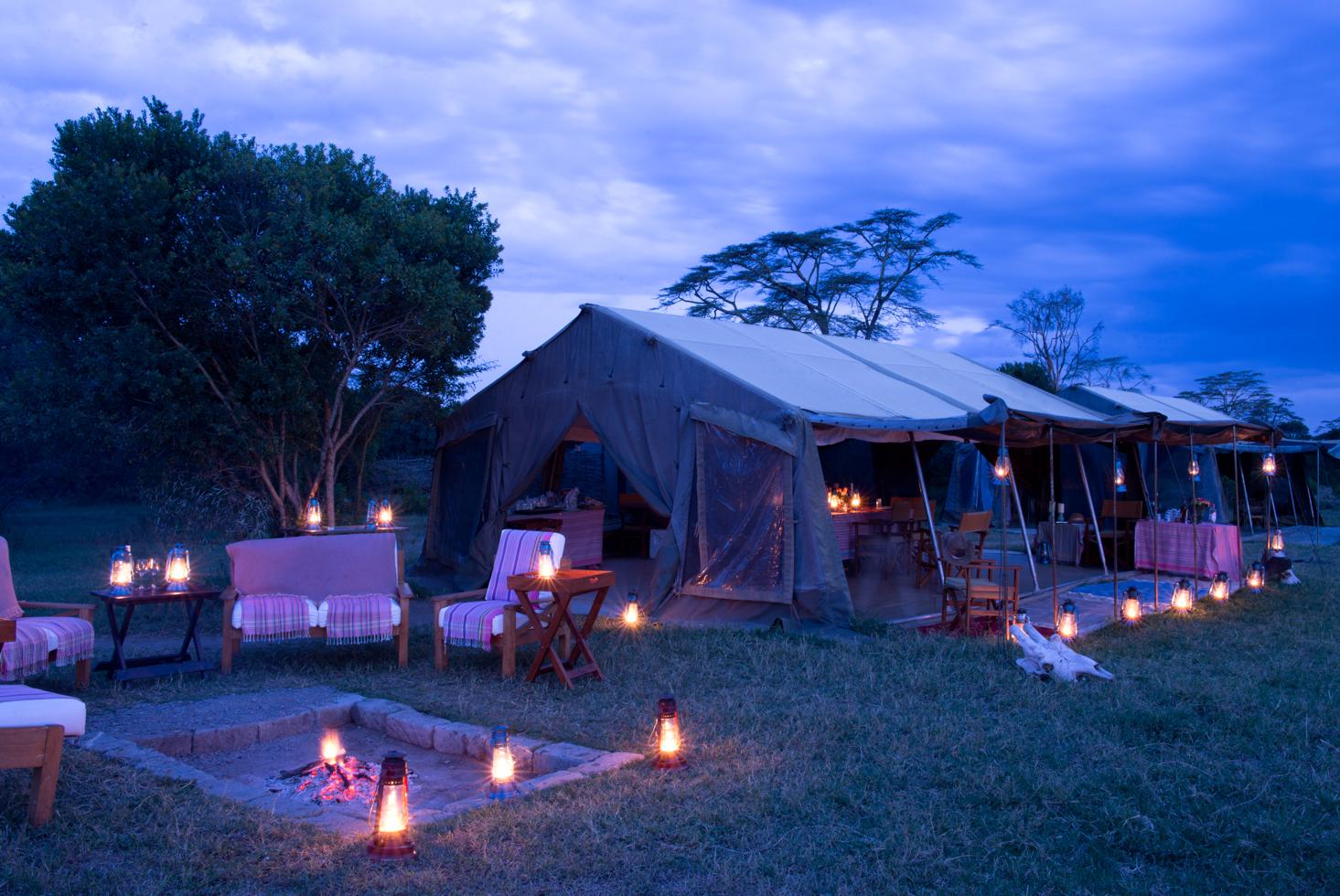
“Seeing Sudan is like seeing a dodo,” Alex said sadly, speaking of the northern white’s imminent extinction. But a project led by OPC and Dvur Kralove Zoo in the Czech Republic, Sudan’s former home, is providing a tiny glimmer of hope. It involves IVF and stem cell technology, using deceased rhinos’ frozen sperm and eggs from Najin and Fatu. Because they are both incapable of carrying a baby, a southern white would act as surrogate mother.
What’s happening to northern whites is happening to thousands of species across the world because of human exploitation
It’s a controversial project however: critics slate it as a waste of money on a near-impossible attempt at saving a mere subspecies. Richard Vigne, CEO of OPC, disagrees: “Forget whether they’re species or sub-species, we’re protecting their genetic traits. What’s happening to northern whites is happening to thousands of species across the world because of human exploitation. They can be ambassadors for others.”
And Sudan is a superb ambassador. I’d been cynical about the project too, but meeting him that morning, utterly oblivious to his own potential extinction, made me think twice. Seeing his calm dignity and peculiar beauty, it seemed unconscionable that we should simply let his kind die out.
Travel essentials
Getting there
Sue Watt travelled with Yellow Zebra Safaris (020 3199 8111; yellowzebrasafaris.com), which offers a five-night trip to Ol Pejeta Conservancy from £2,453 per person. This includes four nights with all meals and activities at Ol Pejeta Bush Camp (asiliaafrica.com), one night’s B&B at House of Waine Boutique Hotel in Nairobi (houseofwaine.com) and transfers. Flights from Heathrow to Nairobi with Kenya Airways (kenya-airways.com) can be added for around £600 return.
Visiting there
Ol Pejeta Conservancy (olpejetaconservancy.org) offers activities including lion tracking, visits to the Endangered Species Enclosure and to Sweetwaters Chimpanzee Sanctuary for US$40 (£31) per person.
More information
British visitors need a visa to enter Kenya, costing £30 per person from the Kenya High Commission in London (020 7636 2371; kenyahighcom.org.uk).
Join our commenting forum
Join thought-provoking conversations, follow other Independent readers and see their replies
Comments